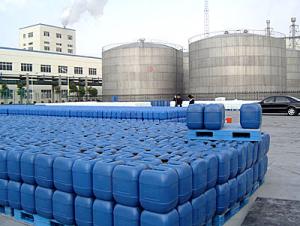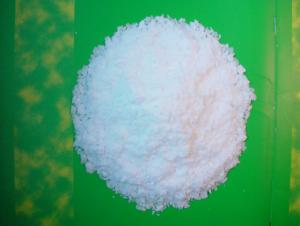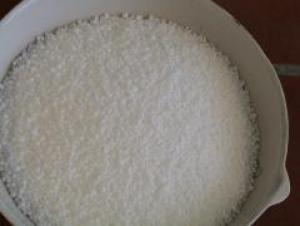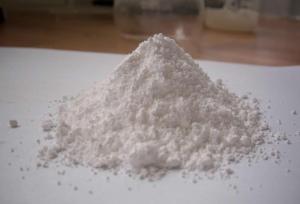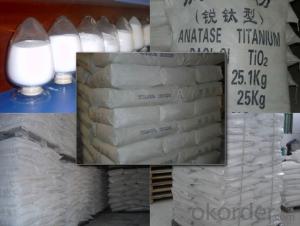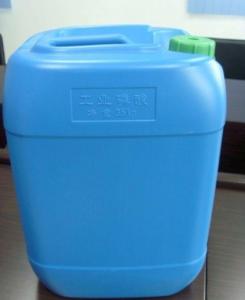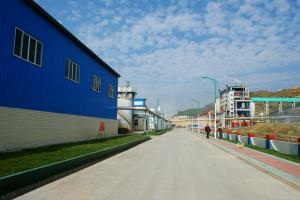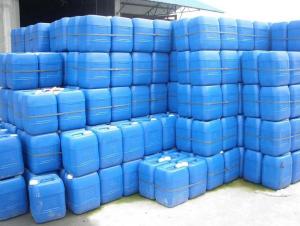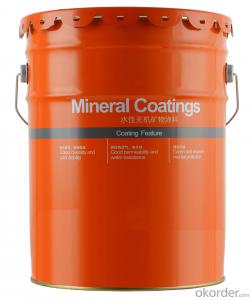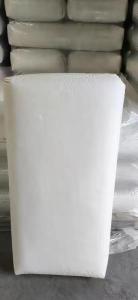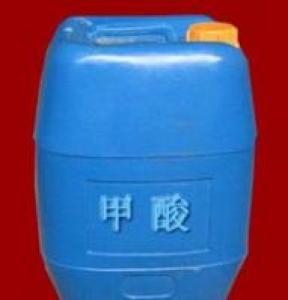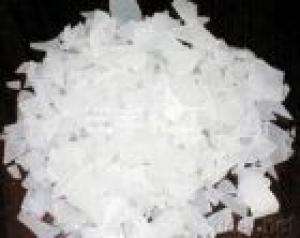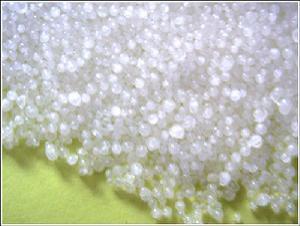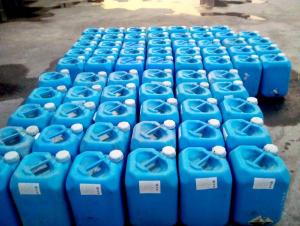SGS TES CAUSTIC SODA
- Loading Port:
- China Main Port
- Payment Terms:
- TT OR LC
- Min Order Qty:
- -
- Supply Capability:
- -
OKorder Service Pledge
Quality Product, Order Online Tracking, Timely Delivery
OKorder Financial Service
Credit Rating, Credit Services, Credit Purchasing
You Might Also Like
Packaging & Delivery
| Packaging Detail: | 25KG/WPP BAG . 25 Tons in each 20'GP FCL |
| Delivery Detail: | 15 days after receiving the 30% deposit |
Specifications
1.Caustic Soda 99%
2.We accept test such as SGS or BV
3.With in 15 days shipment
4.Production Quantity 9000MT MONTHLY
- Q:Does the inorganic salt affect the gpc molecular weight results?
- GPC determination of molecular weight through the column when the molecular size of the molecular peak, the molecular weight of the early comparison of the peak, that is relatively large molecules in the GPC pillars can not pass, pass the molecules were detected out of the peak, This molecular weight is not absolute, since the GPC determination is actually the size of the molecule rather than the size of the molecule, and of course it is also possible to approximate the molecular weight of the molecular weight of the molecule. Large; exactly how their relationship, with GPC can not be determined, only through the standard liquid molecular weight to compare, this result is relative, not absolute.
- Q:Is urea an inorganic salt?
- Is not organic matter ah inorganic salts are present in the body and food minerals in the mineral, composed of organic matter and inorganic synthesis of the human body has been found to have more than 20 kinds of essential inorganic salts, about 4 to 5% of body weight. More (> 5g) for calcium, phosphorus, potassium, sodium, chlorine, magnesium, sulfur seven; daily dietary requirements are more than 100mg, known as constant elements. Other low content, with the modern analysis of technological progress Iron, copper, zinc, manganese, cobalt, molybdenum, selenium, chromium, nickel, silicon, fluorine, vanadium and other elements were found by atomic absorption spectroscopy, neutron activation, plasma emission spectroscopy and other trace analysis methods. But also the human body is necessary, the daily dietary requirements for the amount of μg ~ mg called trace elements.
- Q:What are the oxides of chlorine
- Dichloride, also known as chlorate (ClOClO3) hexahydrate (Cl2O6) dioxane (Cl2O7)
- Q:Vinegar and lemon, which is more sour
- The taste of people is not the same level of sensitivity. It can be said that this is someone's subjective judgment in the inside, can not be generalized. So only to taste will judge, but you can test, I think everyone's answer is certainly not the same, do not believe you can test it. Lemon contains sugar, calcium, phosphorus, iron and vitamins B1, B2, C and other nutrients, in addition, there are rich citric acid and flavonoids, volatile oil, hesperidin and so on. Citric acid has the effect of preventing and eliminating skin pigmentation. Lemon low calorie, and has a strong contraction, it is conducive to reducing fat, is a weight loss medicine. Lemon can prevent cardiovascular arteriosclerosis and reduce blood viscosity.
- Q:As if there are two kinds of nitrogen, phosphorus and potassium, hoping to get answers and explain their respective roles
- Only 70 kinds of chemical elements can be detected in plants, but only 16 kinds of essential nutrient elements are needed for the growth and development of internationally recognized higher plants. They are carbon (C), hydrogen (H), oxygen (O), nitrogen (Fe), magnesium (Mg), sulfur (S), iron (Fe), boron (B), manganese (Mn), copper (Cu), zinc (Zn), molybdenum (Mo) and chlorine (C1), which can be divided into large nutrient elements, medium nutrient elements and micronutrient elements according to their requirements, such as carbon, hydrogen, oxygen and nitrogen Phosphorus, potassium, copper, zinc, molybdenum and chlorine.Now there are scholars that nickel (Ni) is the first 17 kinds of essential nutrients.
- Q:Such as sulfuric acid, carbonic acid. The The thank you very much
- Dilute hydrochloric acid
- Q:What is the time when the maximum number of inorganic salts is needed
- The content of phosphorus in plants is lower than that of nitrogen and potassium, and is generally higher in seeds. Phosphorus plays an important role in plant nutrition. Almost all important organic compounds in plants contain phosphorus. Phosphorus is involved in photosynthesis in plants , Respiration, energy storage and delivery, cell division, cell enlargement and other processes.
- Q:What is the big base?
- Large alkali is the main component of sodium carbonate.
- Q:My inorganic diet seems to be working but I am getting tired of the taste of rock salt. Should I continue?
- Its all a matter of self-preservation.
- Q:Give some examples, say clearly, thank you! ~
- Acid and alkali
1. Manufacturer Overview |
|
|---|---|
| Location | |
| Year Established | |
| Annual Output Value | |
| Main Markets | |
| Company Certifications | |
2. Manufacturer Certificates |
|
|---|---|
| a) Certification Name | |
| Range | |
| Reference | |
| Validity Period | |
3. Manufacturer Capability |
|
|---|---|
| a)Trade Capacity | |
| Nearest Port | |
| Export Percentage | |
| No.of Employees in Trade Department | |
| Language Spoken: | |
| b)Factory Information | |
| Factory Size: | |
| No. of Production Lines | |
| Contract Manufacturing | |
| Product Price Range | |
Send your message to us
SGS TES CAUSTIC SODA
- Loading Port:
- China Main Port
- Payment Terms:
- TT OR LC
- Min Order Qty:
- -
- Supply Capability:
- -
OKorder Service Pledge
Quality Product, Order Online Tracking, Timely Delivery
OKorder Financial Service
Credit Rating, Credit Services, Credit Purchasing
Similar products
New products
Hot products
Related keywords


